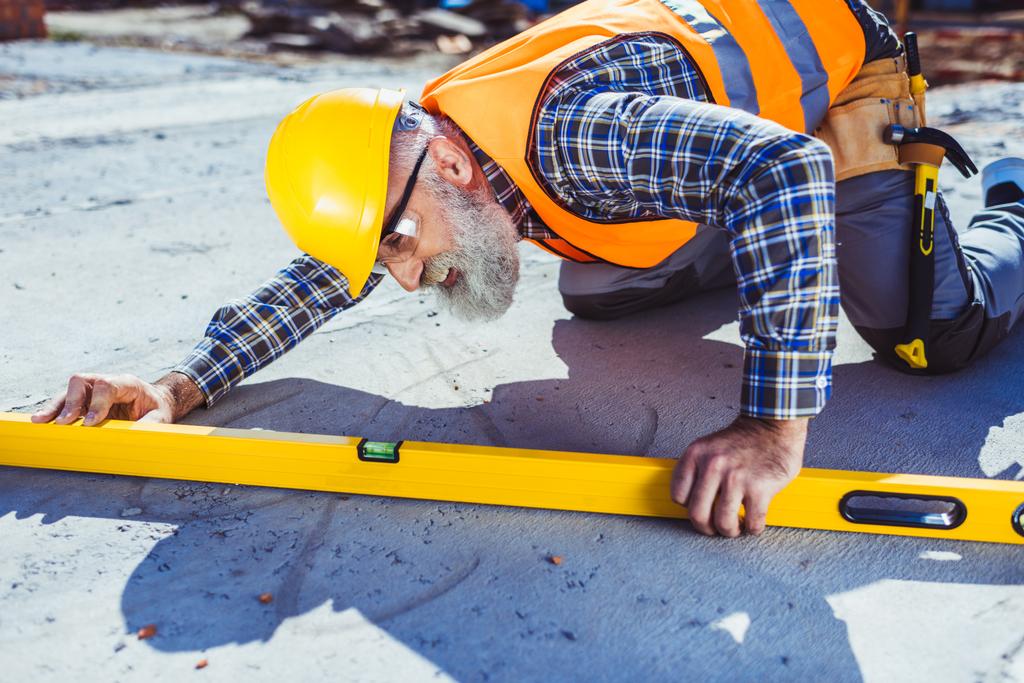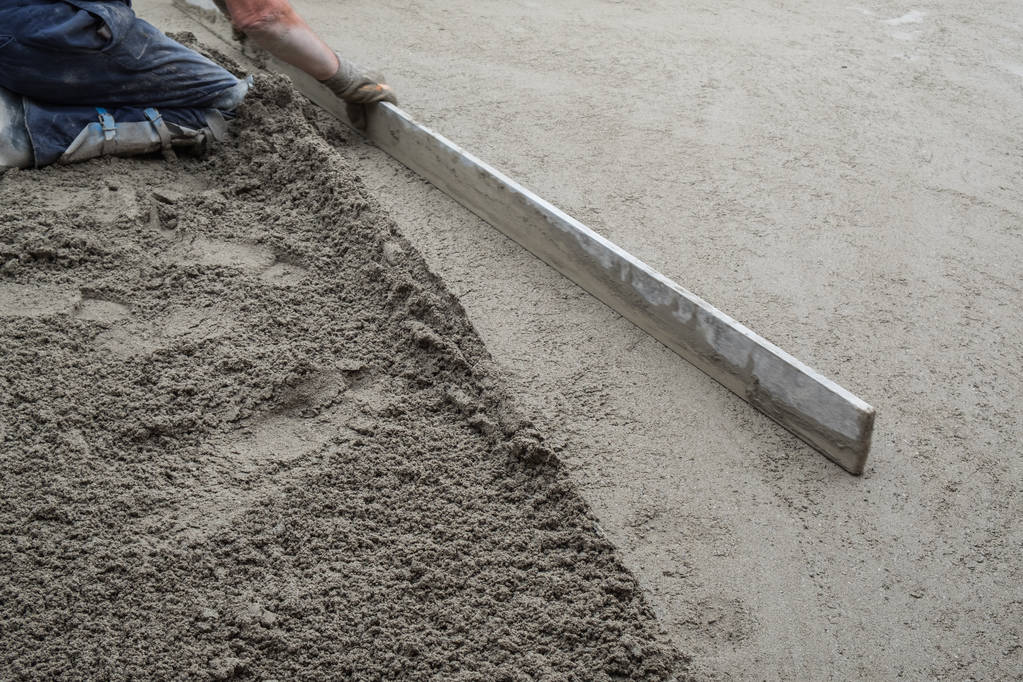A beautiful patio serves as an outdoor oasis, providing a space to relax, entertain, and enjoy the fresh air. However, over time, factors such as soil settling, erosion, and weather conditions can cause the patio to become uneven, posing a safety risk and compromising its aesthetic appeal. Patio leveling is restoring a patio’s level surface, ensuring its stability and longevity.

In this article, we will explore the importance of patio leveling, the signs of an uneven patio, and various techniques and tips to achieve a perfectly level patio.
Why Patio Leveling Matters: Patio leveling is not only essential for safety but also plays a crucial role in preserving the structural integrity of the patio. An uneven patio can lead to trip hazards, causing accidents and injuries. Additionally, a rough surface can affect the drainage of rainwater, leading to pooling and potential damage to the patio’s foundation.
Signs of an Uneven Patio: It’s important to be aware of the signs that indicate your patio may require leveling. These signs include visible gaps or cracks between the patio pavers, tilting or sinking pavers, water pooling, and an uneven surface that causes furniture or other items to wobble. If you notice any of these signs, it’s time to consider patio leveling to rectify the problem.
Patio Leveling Techniques: There are several techniques that can be employed to level a patio, depending on the severity of the issue and the underlying cause. Here are a few commonly used methods:
- Sand Leveling: This technique involves removing the pavers, adding or removing sand beneath them to adjust the height, and reinstalling the pavers to achieve a level surface. Sand leveling is suitable for minor leveling issues caused by settling.
- Slab Jacking: Slab jacking is a more extensive method suitable for patios with severe leveling problems. It involves injecting a grout mixture beneath the patio to lift it and fill any voids or gaps. This technique is effective for patios with sunken or severely uneven areas.
- Paver Replacement: If the patio has significant damage or the pavers are worn out, replacing them with new ones can provide an opportunity to address the leveling issue. This method allows for precise adjustments during installation, resulting in a level surface.
- Professional Assistance: In complex cases, it is advisable to seek professional help. A landscaping or patio specialist will assess the situation, identify the underlying causes, and recommend the most appropriate leveling technique to ensure a durable and level patio.

Tips for Successful Patio Leveling: To achieve a successful patio leveling project, consider the following tips:
- Thoroughly assess the condition of your patio and determine the extent of the leveling required before starting any work.
- Prepare the area by removing any debris, weeds, or old sand from between the pavers.
- Use a level and a string line to mark the areas that require adjustment, ensuring accuracy during the leveling process.
- When using sand leveling, choose high-quality polymeric sand that will help prevent erosion, maintain stability, and deter weed growth.
- Follow manufacturer guidelines and use appropriate tools for slab jacking or paver replacement methods.
- Regularly inspect and maintain your leveled patio to prevent future issues. Clean the pavers, remove debris, and address any potential drainage problems promptly.
A level patio not only enhances the aesthetics of your outdoor space but also ensures safety and longevity. By recognizing the signs of an uneven patio and employing suitable leveling techniques, you can restore its stability and functionality. Whether you choose a DIY approach or seek professional assistance, invest time.
Learn more at Wiki as well.

